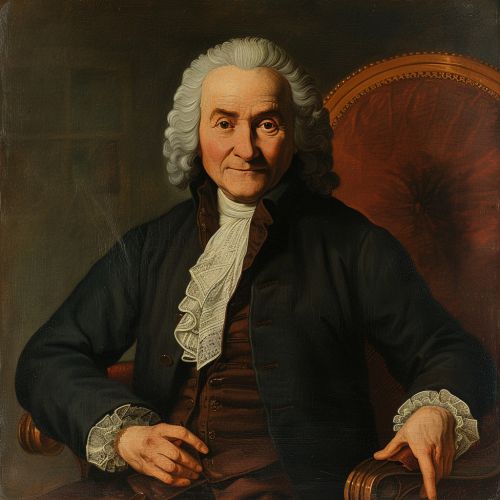Linnaean system
Introduction
The Linnaean system, also known as the Linnaean taxonomy, is a framework for the classification and naming of living organisms. Devised by the Swedish botanist Carl Linnaeus, the system is rooted in the concept of binomial nomenclature, which assigns each species a two-part Latin name. The Linnaean system is a hierarchical structure, grouping similar species into increasingly broad categories.


History and Development
Carl Linnaeus first introduced his system of classification in the mid-18th century, in his works Systema Naturae and Species Plantarum. The Linnaean system was revolutionary for its time, providing a standardized method for the naming and classification of species. Prior to Linnaeus, the naming and classification of organisms was inconsistent and often confusing, with different scientists using different systems.
Principles of the Linnaean System
The Linnaean system is based on the concept of binomial nomenclature. Each species is given a two-part Latin name, consisting of the genus name followed by the species name. For example, the scientific name for humans is Homo sapiens, with Homo being the genus and sapiens the species.
The Linnaean system is hierarchical, grouping similar species into increasingly broad categories. The basic hierarchy, from most specific to most general, is: species, genus, family, order, class, phylum (or division for plants), kingdom, and domain. Each level of the hierarchy is referred to as a taxonomic rank.
Taxonomic Ranks
In the Linnaean system, each level of the hierarchy is referred to as a taxonomic rank. The basic ranks, from most specific to most general, are as follows:
- Species: The most specific rank. A species is often defined as a group of individuals that actually or potentially interbreed in nature.
- Genus: A genus is a group of species that are closely related and share a common ancestor.
- Family: A family is a higher rank than genus and is used to group together related genera.
- Order: This is a higher rank than family, used to group together related families.
- Class: This is a higher rank than order, used to group together related orders.
- Phylum: This is a higher rank than class, used to group together related classes. In the plant kingdom, this rank is often referred to as division.
- Kingdom: This is a higher rank than phylum or division, used to group together related phyla or divisions.
- Domain: This is the highest rank in the current system of classification. There are three recognized domains: Bacteria, Archaea, and Eukarya.
Criticisms and Modifications
While the Linnaean system has been instrumental in the classification and naming of species, it is not without its criticisms. One of the main criticisms is that it does not account for the evolutionary relationships between species. In response to this criticism, a new system known as cladistics has been developed, which classifies organisms based on their evolutionary relationships.
Despite these criticisms, the Linnaean system remains widely used in the biological sciences. Modifications have been made to the system to incorporate new scientific discoveries and understanding. For example, the introduction of the rank of domain to account for the fundamental differences between prokaryotic and eukaryotic organisms, and the recognition of Archaea as a separate domain from Bacteria.
Conclusion
The Linnaean system has had a profound impact on the biological sciences, providing a standardized method for the naming and classification of species. While it has been criticized and modified over the years, it remains a fundamental tool in the study of life on Earth.
